Paleozoic tectonic evolution of the eastern Central Asian Orogenic
Por um escritor misterioso
Last updated 16 maio 2024
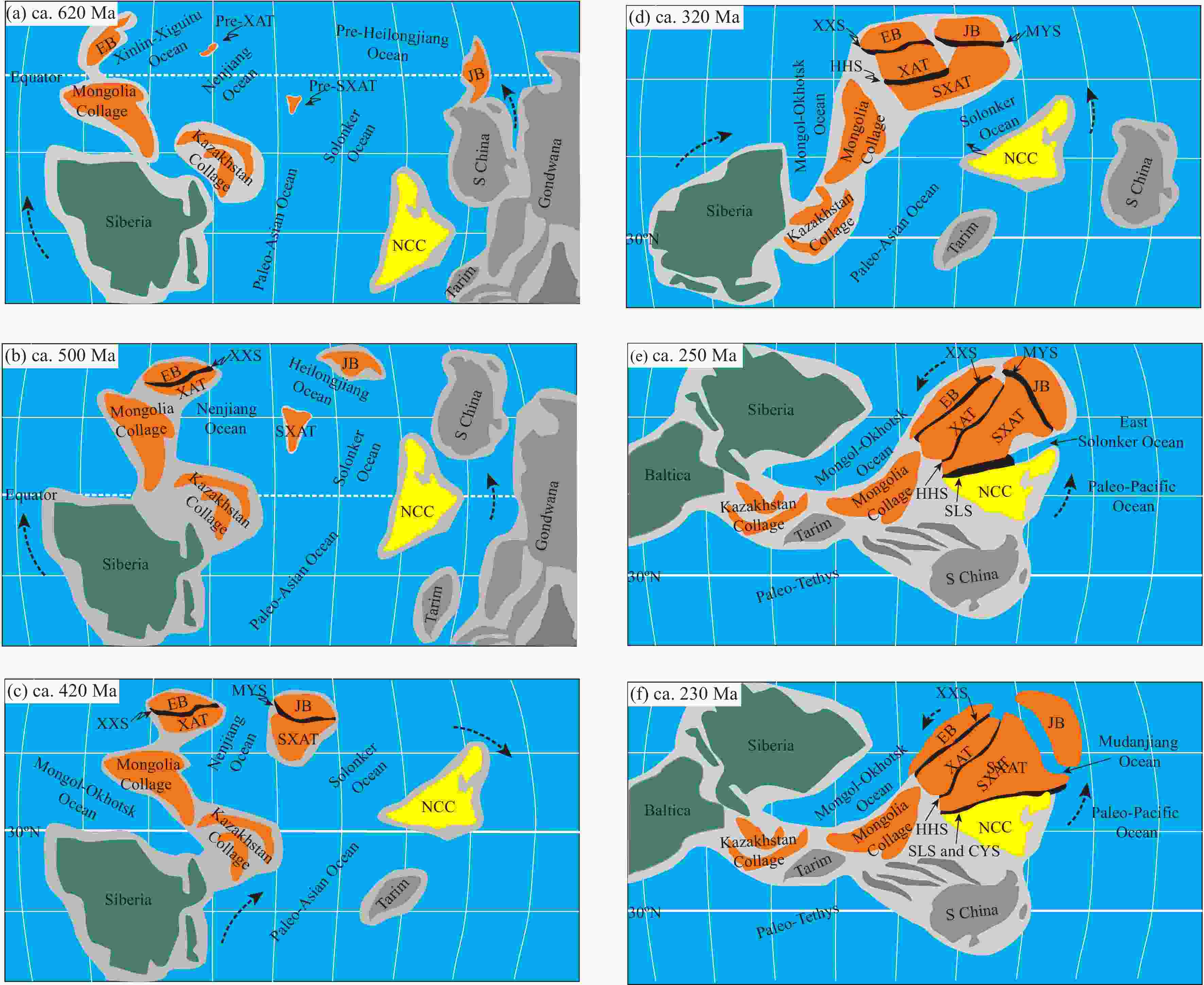
lt;p>The eastern Central Asian Orogenic Belt (CAOB) in NE China is a key area for investigating continental growth. However, the complexity of its Paleozoic geological history has meant that the tectonic development of this belt is not fully understood. NE China is composed of the Erguna and Jiamusi blocks in the northern and eastern parts and the Xing’an and Songliao-Xilinhot accretionary terranes in the central and southern parts. The Erguna and Jiamusi blocks have Precambrian basements with Siberia and Gondwana affinities, respectively. In contrast, the Xing’an and Songliao-Xilinhot accretionary terranes were formed via subduction and collision processes. These blocks and terranes were separated by the Xinlin-Xiguitu, Heilongjiang, Nenjiang, and Solonker oceans from north to south, and these oceans closed during the Cambrian (ca. 500 Ma), Late Silurian (ca. 420 Ma), early Late Carboniferous (ca. 320 Ma), and Late Permian to Middle Triassic (260–240 Ma), respectively, forming the Xinlin-Xiguitu, Mudanjiang-Yilan, Hegenshan-Heihe, Solonker-Linxi, and Changchun-Yanji suture zones. Two oceanic tectonic cycles took place in the eastern Paleo-Asian Ocean (PAO), namely, the Early Paleozoic cycle involving the Xinlin-Xiguitu and Heilongjiang oceans and the late Paleozoic cycle involving the Nenjiang-Solonker oceans. The Paleozoic tectonic pattern of the eastern CAOB generally shows structural features that trend east-west. The timing of accretion and collision events of the eastern CAOB during the Paleozoic youngs progressively from north to south. The branch ocean basins of the eastern PAO closed from west to east in a scissor-like manner. A bi-directional subduction regime dominated during the narrowing and closure process of the eastern PAO, which led to “soft collision” of tectonic units on each side, forming huge accretionary orogenic belts in central Asia.</p>
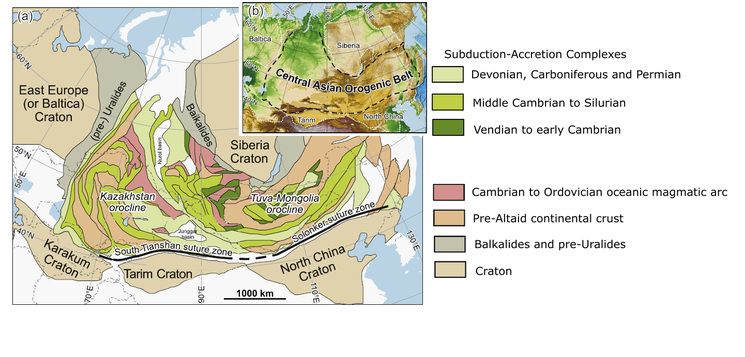
Central Asian Orogenic Belt - Wikipedia

Central Asian Orogenic Belt - Wikipedia

Tectonic models for accretion of the Central Asian Orogenic Belt

Schematic diagrams showing the proposed tectonic evolution of the
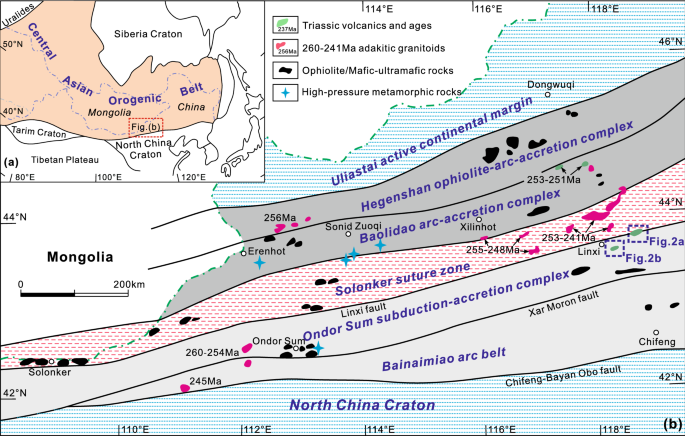
Petrogenesis of late Permian–middle Triassic volcanic rocks in the Linxi area, southeastern Inner Mongolia, China: implication for late-stage tectonic evolution of the Central Asian Orogenic Belt

Tectonic models for accretion of the Central Asian Orogenic Belt

Minerals, Free Full-Text
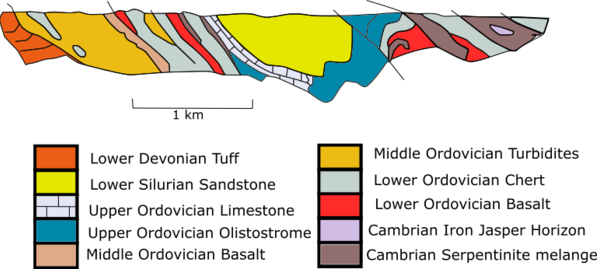
Central Asian Orogenic Belt - Wikipedia
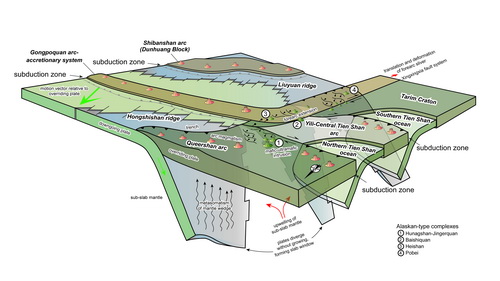
Paleozoic multiple accretionary and collisional processes of the Beishan orogenic collage----INSTITUTE OF GEOLOGY AND GEOPHYSICS, CHINESE ACADEMY OF SCIENCES
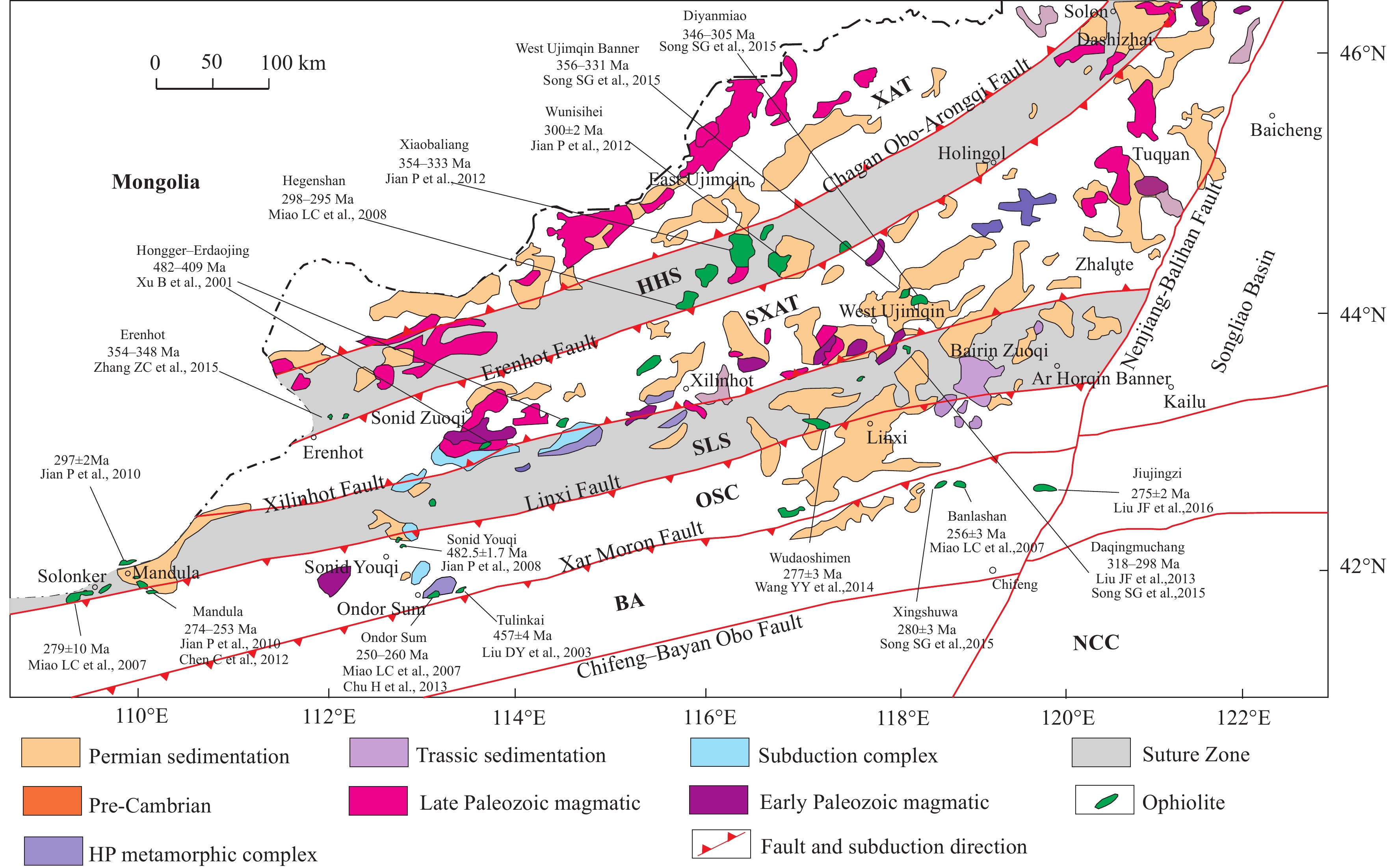
Paleozoic tectonic evolution of the eastern Central Asian Orogenic Belt in NE China
Recomendado para você
-
 Colégio Arquidiocesano Ouro Branco16 maio 2024
Colégio Arquidiocesano Ouro Branco16 maio 2024 -
 Simplified map of the Central Asian Orogenic Belt (CAOB). The map16 maio 2024
Simplified map of the Central Asian Orogenic Belt (CAOB). The map16 maio 2024 -
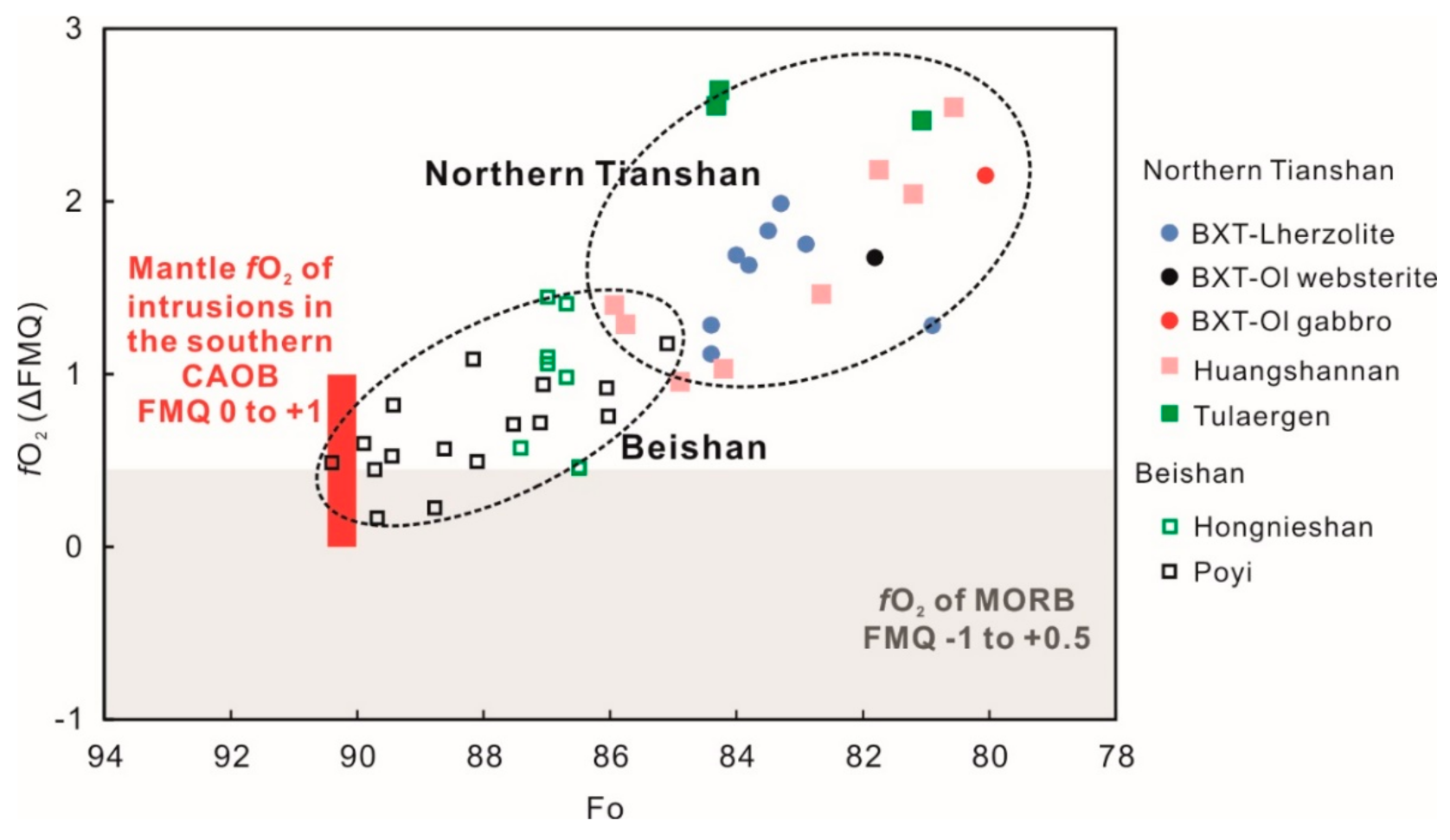 Minerals, Free Full-Text16 maio 2024
Minerals, Free Full-Text16 maio 2024 -
 D-CAOB Air Omega Embraer EMB-120ER(FC) Brasilia Photo by Vincent16 maio 2024
D-CAOB Air Omega Embraer EMB-120ER(FC) Brasilia Photo by Vincent16 maio 2024 -
 CAOB Supports Airport Project & America's Cup - Bernews16 maio 2024
CAOB Supports Airport Project & America's Cup - Bernews16 maio 2024 -
 Mafic-ultramafic Intrusions in Beishan and Eastern Tianshan at16 maio 2024
Mafic-ultramafic Intrusions in Beishan and Eastern Tianshan at16 maio 2024 -
 A major change in magma sources in late Mesozoic active margin of16 maio 2024
A major change in magma sources in late Mesozoic active margin of16 maio 2024 -
 Excellence N. 6.46 Rubio Oscuro Cob.Caob — Loja de ferragens Roure16 maio 2024
Excellence N. 6.46 Rubio Oscuro Cob.Caob — Loja de ferragens Roure16 maio 2024 -
 Geochronology, geochemistry, Sr–Nd–Hf isotope composition of the16 maio 2024
Geochronology, geochemistry, Sr–Nd–Hf isotope composition of the16 maio 2024 -
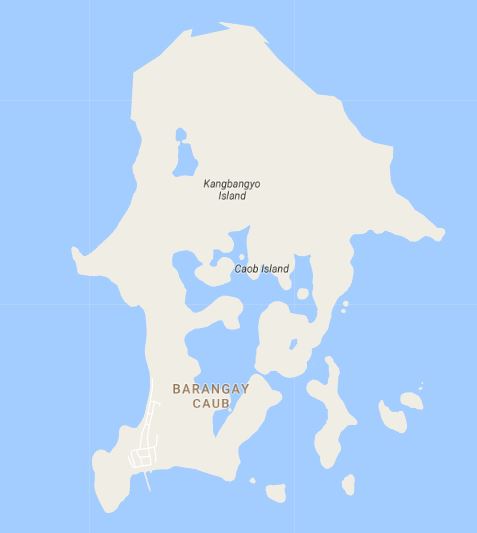 SIARGAO Islands Sugba Lagoon – TheWanderKit16 maio 2024
SIARGAO Islands Sugba Lagoon – TheWanderKit16 maio 2024
você pode gostar
-
 Roblox Driving Simulator Codes16 maio 2024
Roblox Driving Simulator Codes16 maio 2024 -
 3 ideias fáceis e criativas para engajar seus fãs - SomosMúsica16 maio 2024
3 ideias fáceis e criativas para engajar seus fãs - SomosMúsica16 maio 2024 -
 Guile revealed for Street Fighter 616 maio 2024
Guile revealed for Street Fighter 616 maio 2024 -
My Anime Goods on Tumblr16 maio 2024
-
 FINAL FANTASY VII REMAKE Digital Deluxe Edition16 maio 2024
FINAL FANTASY VII REMAKE Digital Deluxe Edition16 maio 2024 -
 Marvel's Midnight Suns Takes the Gaming World by Storm with Almost 200,000 Copies Sold in One Month on Steam16 maio 2024
Marvel's Midnight Suns Takes the Gaming World by Storm with Almost 200,000 Copies Sold in One Month on Steam16 maio 2024 -
 Cardcaptor Sakura16 maio 2024
Cardcaptor Sakura16 maio 2024 -
 4 Jointed Bisque Doll 1900's Mohair Wig Glass Eyes #205 Home Sewn Dress - The Gatherings Antique Vintage16 maio 2024
4 Jointed Bisque Doll 1900's Mohair Wig Glass Eyes #205 Home Sewn Dress - The Gatherings Antique Vintage16 maio 2024 -
 egame16 maio 2024
egame16 maio 2024 -
 MOLTRES ZAPDOS ARTICUNO 3 CARD HOLO LEGENDARY SET Sword & Shield Pokemon Go 202216 maio 2024
MOLTRES ZAPDOS ARTICUNO 3 CARD HOLO LEGENDARY SET Sword & Shield Pokemon Go 202216 maio 2024
